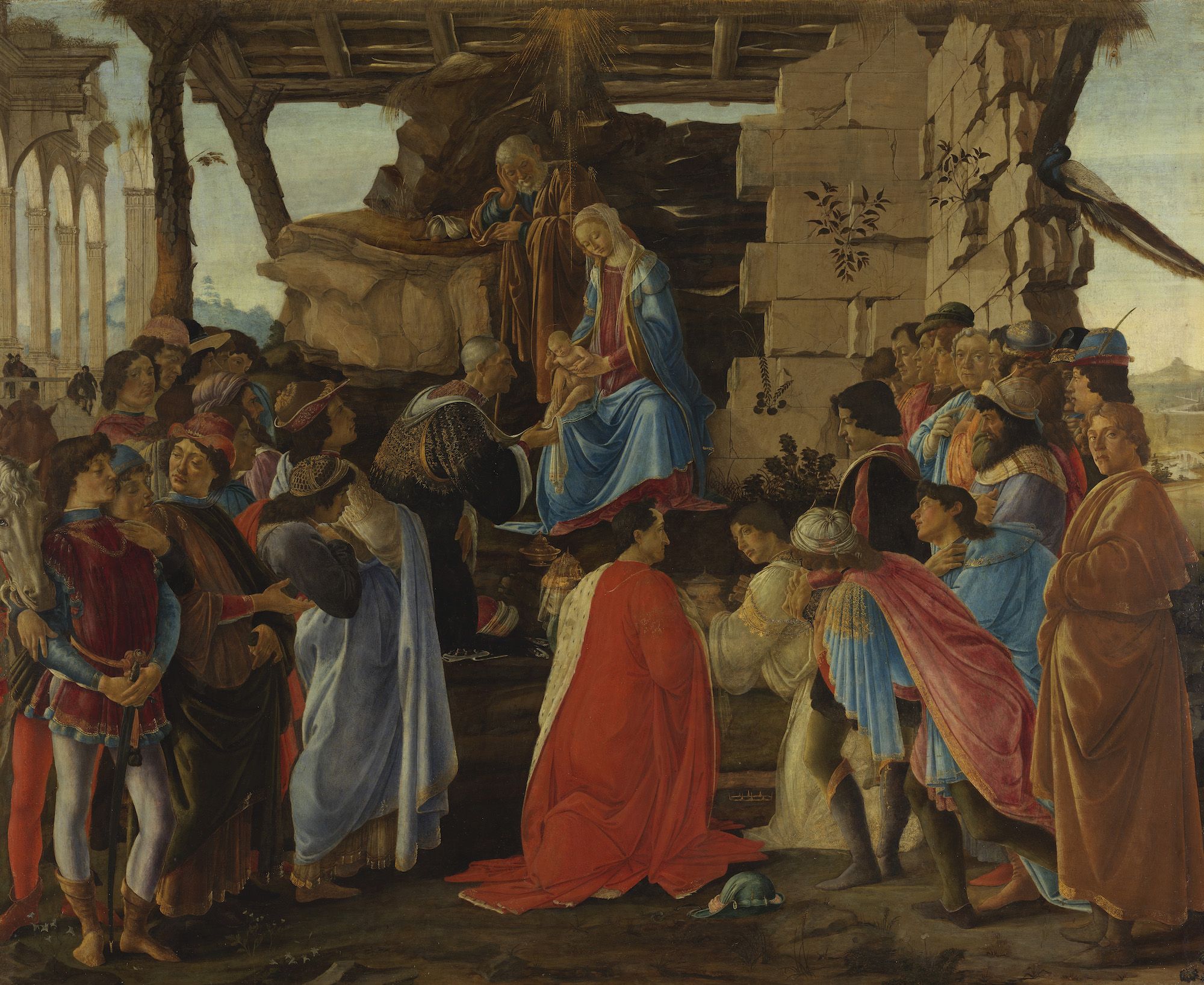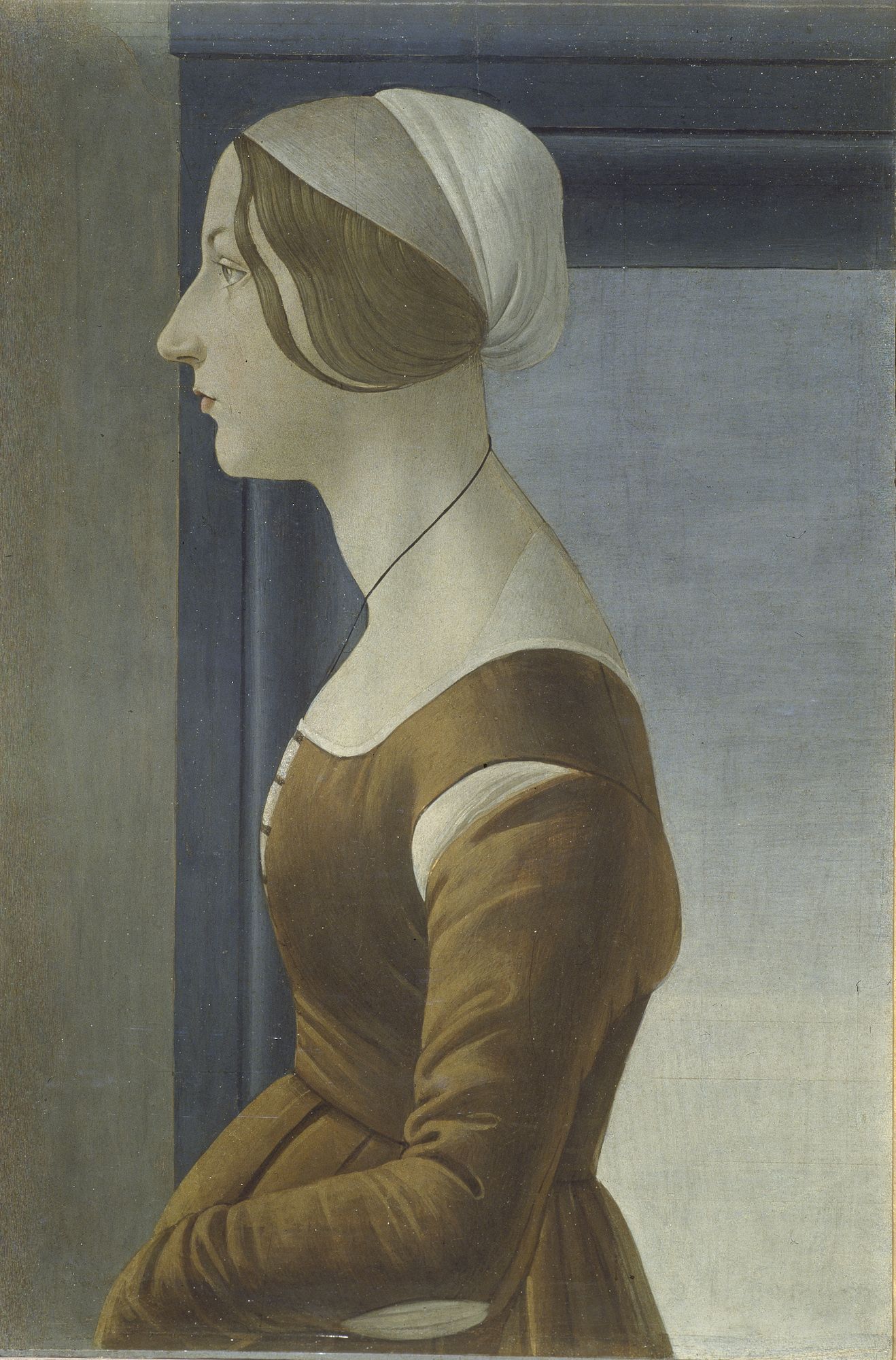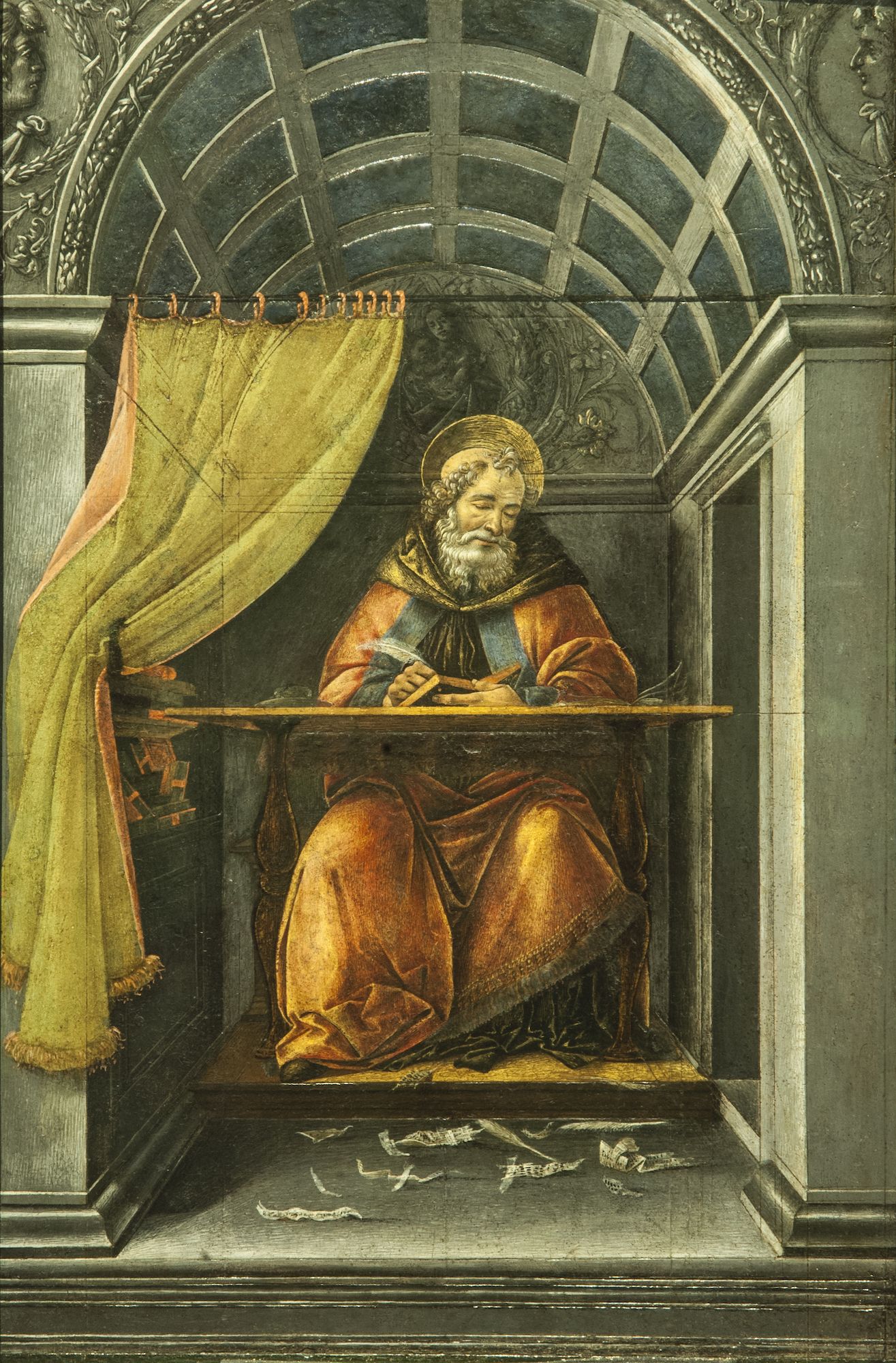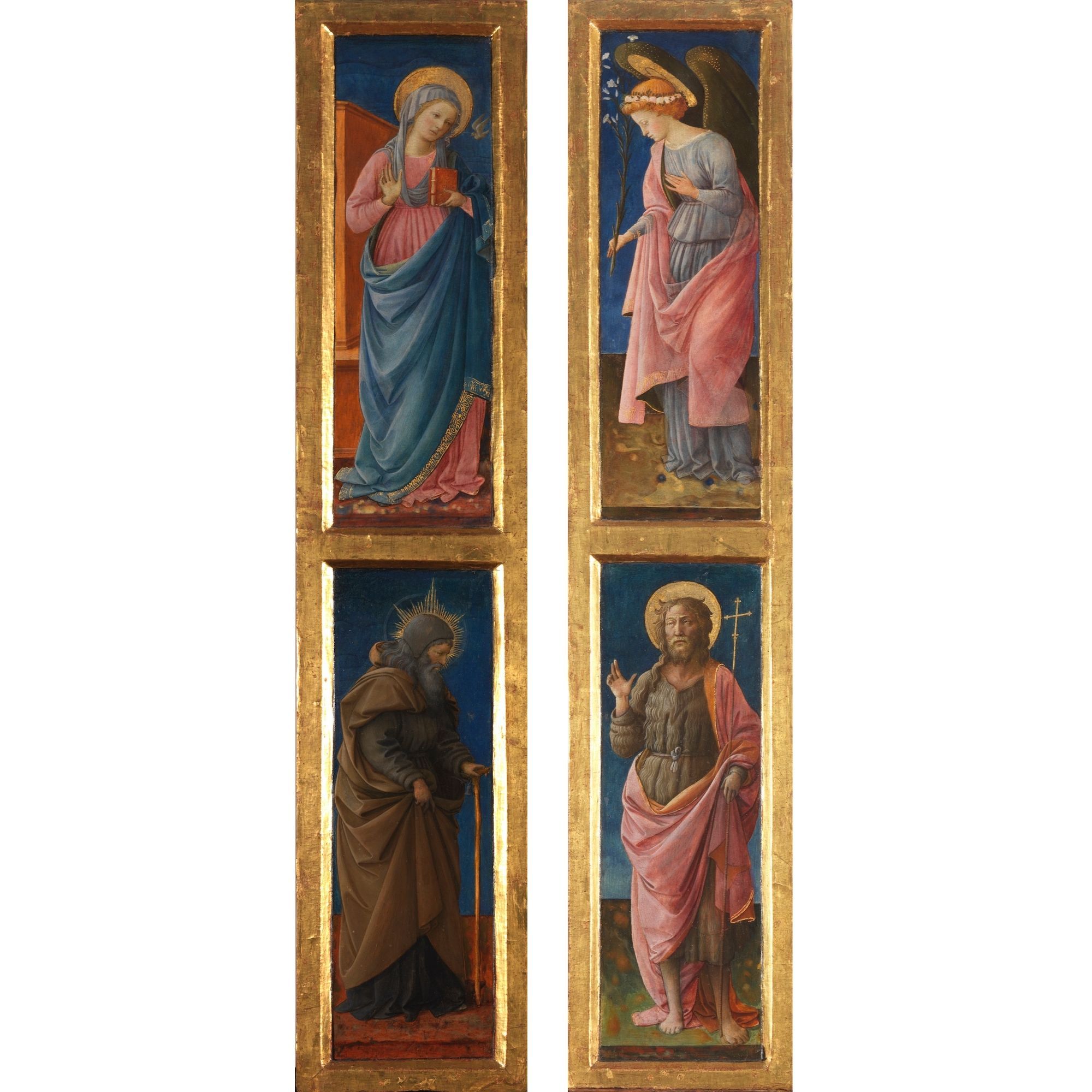This October, the Hong Kong Museum of Art opens a new exhibition––Botticelli and His Times––which brings 42 Renaissance treasures all the way from Florence’s Uffizi to Hong Kong
The Uffizi––a historic art gallery in Florence, Tuscany––has lent the Hong Kong Museum of Art 42 paintings by Italian Renaissance painter Sandro Botticelli (1445-1510) and his contemporaries. Established in 1581, The Uffizi houses religiously and artistically valuable masterworks including The Birth of Venus by Botticelli, as well as paintings and statues by Michelangelo and Raphael. Open from October 23 until February 2021, this exhibition is the first large-scale collaboration between the two cities’ major galleries.
The Renaissance, which originated in Florence and later on spread all over Europe in the 15th and 16th centuries, was marked by the rebirth of antiquity. People celebrated the achievements and classical cultures of Greeks and Romans and embraced humanist ideas. This led to a major influence on religion, philosophy, politics and art. Renaissance artists returned to focusing on the subject of “man”. “They explored the beauty of the human body and how mankind’s image was derived from gods,” Apo Wu, curator of the Hong Kong Museum of Art, explains.
One of the most significant Renaissance painters was Sandro Botticelli. Born Alessandro di Mariano Filipepi, Botticelli was a goldsmith and bookbinder before he rose to fame as a painter with Adoration of the Magi in 1474. His early careers forged his eye for details in his paintings, as can be observed from the actions of his subjects, patterns of marble, textures of drapes and robes as well as architectural decorations. He studied under Fra Filippo Lippi, another Renaissance artist, and later on became the art teacher of Lippi’s son.
In the first half of the 15th century, the House of Medici was a prominent banking family and political dynasty in Italy. The wealthy and powerful, including the Medici family, commissioned paintings from artists such as Botticelli. Adoration of the Magi propelled the young artist into the Medici circle. During the Renaissance period, Botticelli’s portraits and paintings of religious figures and powerful individuals served as tondos (amulets in the past), moral teachings (as they evoke religious sentiments), as well as works placed in rooms for religious devotion. Today, they have become valuable historical records of Renaissance life and culture.
Aside from Botticelli, his teacher Lippi and companions in the decoration of the Sistine Chapel including Cosimo Rosselli, Perugino, Luca Signorelli and Biagio d’Antonio are also presented in this Hong Kong exhibition, which introduces Florence’s role in the history of artistic civilisation. Unique to this exhibition is local designer and illustrator Thomas Siu’s illustrations and animations for the Renaissance art which offer an interactive exhibition experience.
Here are seven highlights of the show not to be missed:
1. Adoration of the Magi (Lami Adoration), 1474-1475, by Sandro Botticelli

Painted for the chapel patronised by the Lama family in Santa Maria Novella, this was the painting that propelled Botticelli to artistic prominence. The painting featured members from the Medici family and Botticelli himself. Botticelli was commissioned to paint at least seven versions of The Adoration of the Magi in his lifetime.





